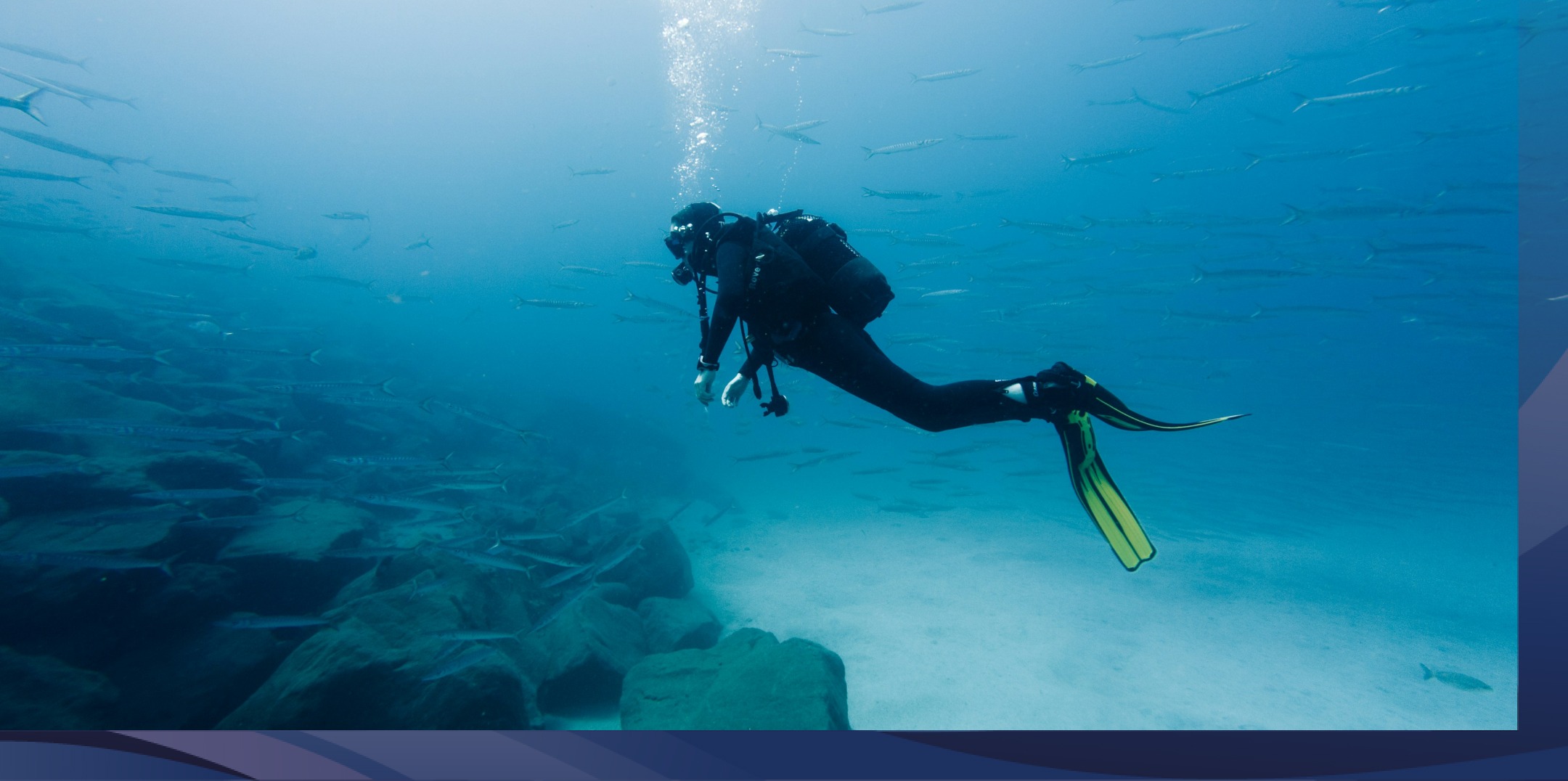Indonesia’s crude oil production declined over the last decade due to the natural decline of producing oil fields combined with a slower reserve replacement rate and decreased exploration and investment. With few significant oil discoveries in Western Indonesia over the last ten years, Indonesia still relies upon the mature oil fields in those areas that continue to decline in production. The government of Indonesia has targeted that by the year 2030 Indonesia reach the target production of one million barrel oil per day (bopd) and 12 billion standard cubic feet per day (Bscfd) of gas. The target is very challenging for the Indonesian upstream oil and gas industry which need to make extra effort for attracting investor interest and expand exploration efforts for increasing the oil and gas reserves. Based on publication from SKK Migas, the average daily oil production in 2022 is 612,300 BOPD. This is below its 2022 target and also below the actual oil production in 2021. While the oil production target for 2023 is 660,000 BOPD. The daily gas production in 2022 is 5,35 Bscfd. This is below its 2022 target and also below the actual gas production in 2021. The gas production target is 6,16 Bscfd in 2023.
As of 2022, there are 128 oil and gas reservoir basins located in Indonesia. There are 68 unexplored basins, while 20 basins have already entered the production phase and 8 basins have been drilled and are in the appraisal stage.
Upstream Oil and Gas Industry Lifecycle

Some terms & conditions that should be take into account when assessing Indonesian Production Sharing Contract (“PSC”):
- The period for exploration phase is six (6) years and may be extended for once for maximum four (4) years.
- If commercial oil and or gas is found, the contract could be 30 years.
- FTP (First Tranches Petroleum), is a certain percentage that should be deducted from gross production before cost recovery (only apply in PSC cost recovery). This will be shared between Government and Contractor.
- At the time the first Plan of Development (“POD”) is approved by government, Contractor shall have obligation to offer ten percent (10%) Participating Interest to Local Government Owned Company (LGOC) to be designated by the Local Government within which the Contract Area is administratively located.
- Indirect taxes will be treated as costs, of course, there will be tax facilities that may be applied.
- Domestic Market Obligation (“DMO”), obligation to supply local market from contractor’s share.
- Several incentives are available to oil and gas companies: investment credit, indefinite carry forward of prior year unrecovered costs (only for cost recovery PSC), and exemption from importation tax and duties on certain equipment and assets.
Indonesia is currently implementing two contract schemes namely cost recovery and gross split PSC, each with its advantages, providing flexibility in contract selection.
Cost Recovery PSC*
- Fixed profit split at the beginning of contract, the split normally vary for each area;
- FTP deducted after gross production, shared between contractor and state;
- Operating cost deducted after FTP;
- Need work program & budget authorization;
- Tax facilities: land & building tax reduction, VAT exemption during exploration period, import duties;
- Other incentives: investment credit, DMO fee holiday, accelerated depreciation.
Gross Split PSC*
- Base split at the beginning of contract, Contractors split for oil = 43% and 48% for gas (before tax).
- At POD, additional variable split will be given to contractor based on actual condition (working area status, field location, reservoir depth, supporting facilities availability, reservoir type, reservoir depth, CO2 & H2S content, HC API gravity, local content, production phase, oil & gas price and cumulative production).
- Operating cost included in the contractor’s split.
- No need budgetary authorization.
- Self procurement process.
- Tax incentives: land & building tax reduction, vat exemption during exploration period, import duty.
- Other incentives: additional split based on economic.
*source: Ministry of Energy and Mineral Resources of Indonesia
The Uniqueness of Accounting for Upstream Oil and Gas Companies
The oil and gas industry has a number of specific uniqueness when it comes to accounting.
These uniqueness can include but are not limited to:
- Reserves and Resources: Although reserves do not appear directly on oil companies’ balance sheets, these figures are used for a number of key accounting applications. These include depreciation, impairment valuation, calculation of the provision for abandonment of facilities, and purchase price allocation for business combination.
Reserve that has the highest level of probability is usually known as proved reserves; the category with the next highest probability (often 50:50) is usually known as probable reserves and the lowest, but still feasible, number may be called possible reserves or contingent.
For depreciation, depletion and amortization (“DD&A) method, IFRS/PSAK’s do not prescribe what basis should be used for the Unit of Production (“UOP”) calculation. Many entities use only proved developed reserves; others use total proved or both proved and probable. Proved developed reserves are those that can be extracted without further capital expenditure. The basis of the UOP calculation is an accounting policy choice and should be applied consistently. If an entity does not use proved developed reserves, then an adjustment is made to the calculation of the amortisation charge to include the estimated future development costs to access the undeveloped reserves.
The estimated production used for DD&A of assets that are subject to a lease or licence should be restricted to the total production expected to be produced during the licence/lease term. Renewals of the licence/lease are only assumed if there is evidence to support probable renewal at the choice of the entity without significant cost.
- Exploration and Evaluation costs: Based on PSAK 64 Exploration for and Evaluation of Mineral Resources, Exploration and evaluation of mineral resources which consists of geological and geophysical costs, costs of drilling exploratory wells, including the costs of drilling exploratory-type stratigraphic test wells, and other costs in relation to evaluating the technical feasibility and commercial viability of extracting oil and gas, starts when the legal rights to explore have been obtained. Expenditure incurred before obtaining the legal right to explore is generally expensed; an exception to this would be separately acquired intangible assets such as payment for an option to obtain legal rights. Evaluation costs are incurred to assess the technical feasibility and commercial viability of the resources found.
The accounting treatment of exploration and evaluation (“E&E”) expenditures (capitalising or expensing) can have a significant impact on the financial statements and reported financial results, particularly for entities at the exploration stage with no production activities.
- Oil and Gas Properties: Oil and gas properties are stated at cost, less accumulated depletion/depreciation and accumulated impairment losses. The costs of drilling of development wells and development-type stratigraphic test wells, platforms, well equipment and related production facilities, are capitalized as uncompleted wells, equipment and facilities. Such costs are transferred to wells and related equipment and facilities upon completion. Much development expenditure results in assets that meet the recognition criteria in PSAK 16 (Fixed Assets)
- Revenue recognition in upstream: Revenue recognition, particularly for upstream activities, can present challenging issues. Production often takes place in joint ventures or through concessions, and entities need to analyse the facts and circumstances to determine when and how much revenue to recognise. Many joint ventures (JV) share the physical output, such as crude oil, between the joint venture partners. Each JV partner is responsible for either using or selling the oil it takes. Overlift and underlift are in effect a sale of oil at the point of lifting by the underlifter to the overlifter. The criteria for revenue recognition are considered to have been met. Overlift is therefore treated as a purchase of oil by the overlifter from the underlifter.
Issue:
How is revenue in a Production Sharing Arrangement (“PSA”) which consist of Private Co as Operator with profit share/participating interest of 60% and State Owned Enterprise (“SOE”) with participating interest of 40% split between the parties/contractor?
Solution:
The example below sets out how the revenue from a PSA is split between the operator, State Owned Enterprise (SOE) and the taxation authorities. The government’s FTP is 20% of production, the operator (Private Co) has a profit share of 60% and SOE’s share is 40%. Any unrecovered costs can be carried forward to future years.
Cost oil components in order of priority are:
1) operating expenses (share based on profit share);
2) exploration costs (all incurred by the operator);
3) development costs (share based on profit share percentage);
Assumptions:
Oil Revenue $6,540,000
Exploration costs incurred $900,000
Development costs incurred in Y1 $500,000
Operating costs in Y1 $1,000,000
FTP 20% and Government Tax 44%

The above issue is a simple example of the allocation methodology of revenue in the upstream oil and gas production block, excluding the Domestic Market Obligation (“DMO”) portion as usually stated in the PSC Contract.
The above list is by no means exhaustive; there are numerous other challenges that businesses may face when dealing with their accounts in this sector, i.e recognition of deferred tax assets from unrecovered/sunk cost, impairment of E&E expenditures and abandonment of Oil and Gas Properties, purchase price allocation from business combination, Accounting treatment for various contracts between GoI and investors (PSC, PSC-Joint Operating Body, Technical Assistant Contract (TAC), Unitisation contract, etc) and Joint Operating Arrangement between Contractors which need to determine the use of equity method accounting or proportionate consolidation and revenue recognition for Gross Split Contract. It’s important for business owners to stay up to date on the latest regulations and best practices so they can ensure they are always compliant while still maximizing profits whenever possible.
Summary
Accounting for oil & gas companies presents a unique set of challenges that other industries do not face. From recognizing the E&E Assets, depreciating the Oil and Gas Properties, determining the contractor share related to revenue recognition and other challenging issues related to the upstream oil and gas accounting treatments, businesses must take special care when tracking their finances in this sector so they can remain compliant while also maximizing profits whenever possible. By understanding these complexities, business owners can better manage their accounts and ensure they remain accurate over time—a key element in any successful endeavour.
Author: Austa Ardiawan, CPA (Partner of SW Indonesia)













